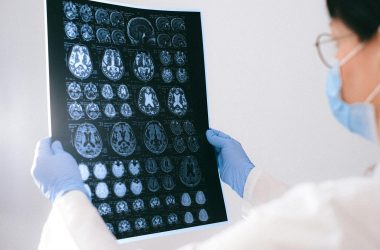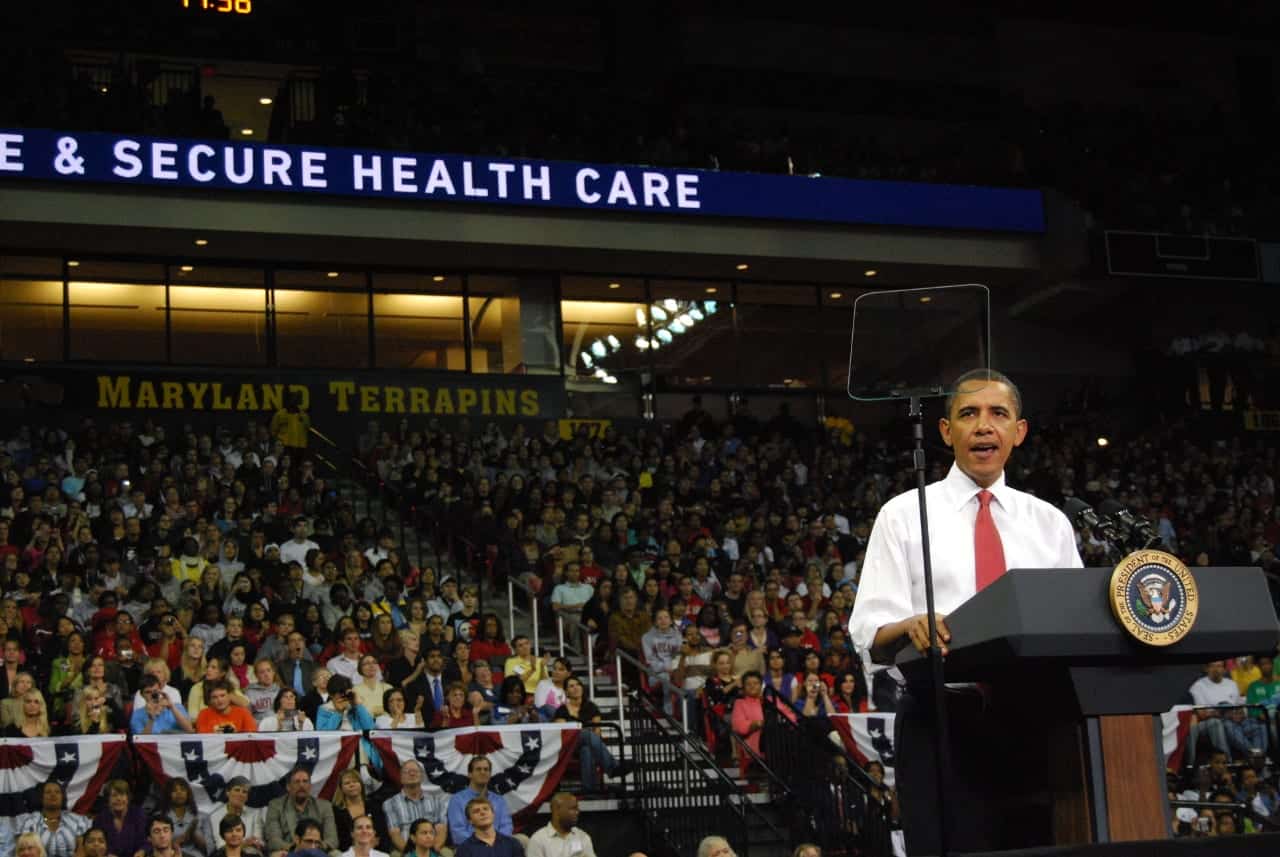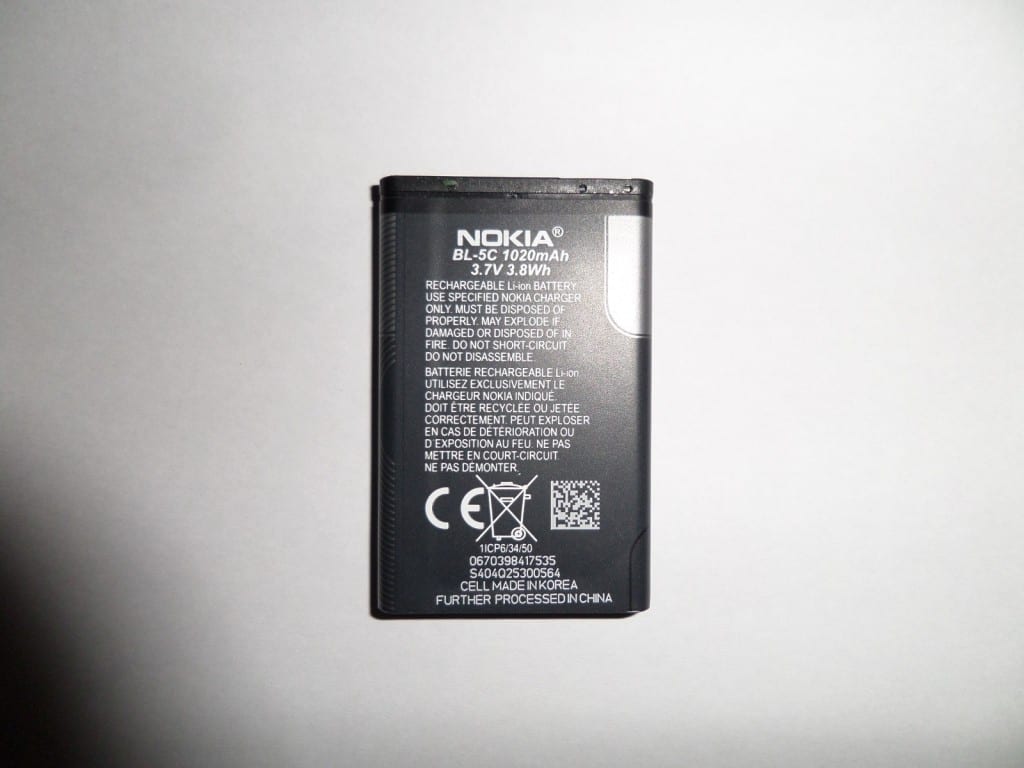Mark Ruffalo is a strong advocate of environmental conservation, and has focused on hydraulic fracturing, which is a relatively recent extraction method for natural gas. Opponents of hydraulic fracturing are concerned that it causes severe water pollution and earthquakes. Their primary focus is earthquakes, as its impact on seismic activity isn’t quite as clear.

Image obtained with thanks from thecommongoodusa on Flickr.
Hydraulic fracturing is highly controversial, and some still consider natural gas to be relatively clean. However, as scientists get past this learning stage, they may or may not find that hydraulic fracturing really is a serious environmental problem. It’s better to find out via testing, rather than an outbreak of toxicity, which is why hydraulic fracturing should have undergone more careful analysis before implementing it on a large scale.
Dip your toe in the water before jumping in. Caution is a virtue!
Mark Ruffalo advocates transitioning to renewable energy, especially solar power, wind power, and hydroelectric power, but…what happens when the wind stops blowing, or the weather becomes cloudy? Won’t that cause blackouts?
No. Wind and solar power plants are not carelessly integrated into the electricity grid without backup or energy storage. All power stations are backed up with peaking power plants which can start in only 15 minutes to provide power while power plants are being repaired. Their uptime is in the 70% to 90% range, so they rely on backup/energy storage as well. Coal and nuclear power plants are actually barely adjustable, resulting in the need for peaking power plants to augment electricity production when electricity demand increases during the afternoon.
Hydroelectric power plants are the only truly reliable power plants that don’t require backup. However, their use is limited to regions that are not environmentally sensitive.
According to the Department of Energy’s NREL, wind power is only 9.7 U.S. cents per kWh without subsidies, while coal was 9.4, so it won’t increase electricity bills much.
Apart from that, solar and wind energy can be utilized with no energy storage or backup for certain applications. As far-fetched as that may sound. For example: Solar thermal water heaters absorb sunlight which turns into heat, and then the water absorbs that heat. These units are very common, and I actually use one.
A simple insulated tank keeps the water hot all night, so there are no ‘what if’ questions about night-time.
Solar and wind power can also be used to pump water via electric water pumps. If you need to get water from point A to point B. You can set up a water tank at point B, and use wind turbines or solar panels of adequate capacity to power the electric water pumps, so that they pump surplus water into the tanks. It can then flow back out of the tanks to whoever needs them .
Solar and wind farms can also power desalination plants and then pump the clean water into tanks afterwards, so there are no water supply interruptions. For regions which are not too far from the ocean, this could be a great way to set up a water supply. Desalination is very energy intensive.







